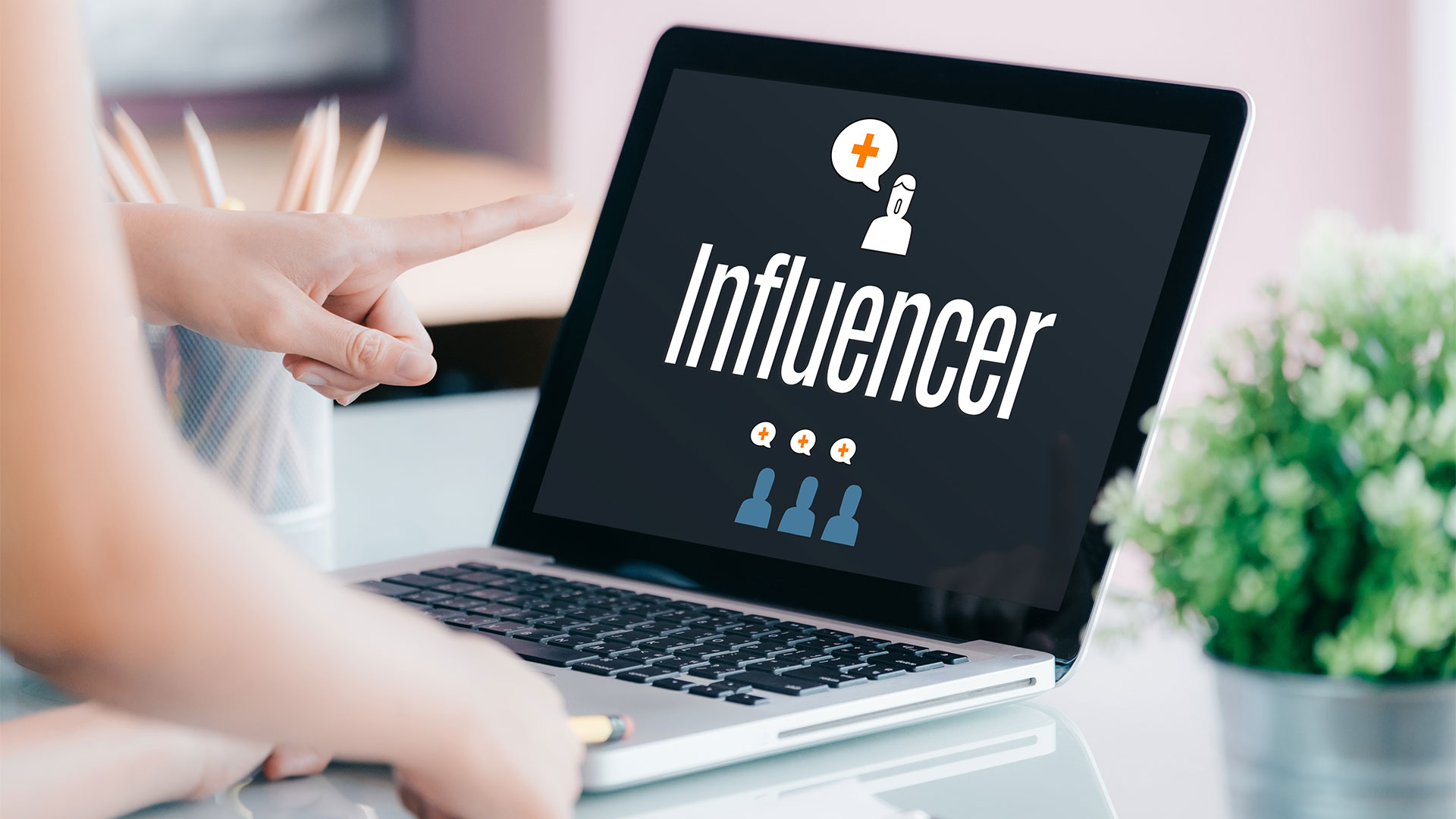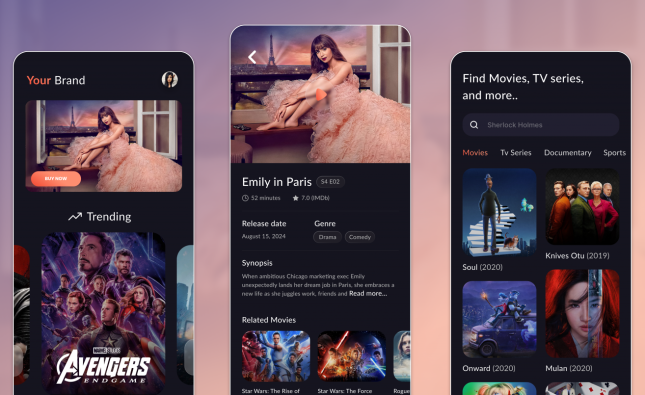
In the digital age, the landscape of marketing has undergone a significant transformation. Traditional advertising methods are taking a back seat as businesses increasingly turn to influencer marketing on social media to reach their target audiences. This shift is not surprising, given the immense popularity and influence of social media platforms. This article delves into the growth of influencer marketing on social media, exploring its origins, evolution, and the reasons behind its meteoric rise.
Origins and Evolution of Influencer Marketing
Influencer marketing is not a new concept. It has roots in celebrity endorsements that date back decades. However, the advent of social media has revolutionized this form of marketing. Platforms like Instagram, YouTube, TikTok, and Twitter have democratized influence, allowing everyday individuals to build substantial followings and become key opinion leaders in their niches.
The early 2000s saw the rise of blogging, where individuals shared their thoughts, experiences, and expertise on various topics. Brands quickly recognized the potential of partnering with popular bloggers to promote their products. This laid the groundwork for influencer marketing as we know it today. With the proliferation of social media platforms, influencers gained more avenues to share content and engage with their audiences, further propelling the growth of this marketing strategy.
The Rise of Social Media Influencers
Social media influencers are individuals who have amassed a significant following on platforms like Instagram, YouTube, TikTok, and Twitter. These influencers have the power to shape opinions, drive trends, and influence purchasing decisions. What sets them apart from traditional celebrities is their relatability and authenticity. Followers often see influencers as peers, making their recommendations more trustworthy.
The rise of social media influencers can be attributed to several factors:
- Accessibility: Unlike traditional celebrities, social media influencers are accessible to their followers. They interact with their audience through comments, direct messages, and live sessions, creating a sense of community.
- Niche Expertise: Influencers often focus on specific niches such as fashion, beauty, fitness, travel, or technology. This specialization allows them to attract a dedicated and engaged audience interested in those topics.
- Authenticity: Influencers are known for their authentic and relatable content. They share personal stories, experiences, and honest reviews, which resonate with their followers.
- Visual Appeal: Social media platforms are highly visual, making them ideal for showcasing products and services. Influencers use high-quality images and videos to create visually appealing content that captures their audience’s attention.

The Impact of Influencer Marketing on Brands
Influencer marketing has become a powerful tool for brands looking to connect with their target audience. Here are some ways in which it has impacted the marketing landscape:
- Increased Reach: Influencers have large and engaged followings, allowing brands to reach a wider audience. This is particularly valuable for niche products and services that may not have a broad appeal through traditional advertising channels.
- Enhanced Credibility: When an influencer endorses a product, it lends credibility to the brand. Followers trust the influencer’s recommendations, making them more likely to try the product themselves.
- Higher Engagement: Influencer marketing often generates higher engagement rates compared to traditional advertising. Followers are more likely to like, comment, and share content created by their favorite influencers.
- Cost-Effective: While top-tier influencers may charge substantial fees, micro-influencers (those with smaller but highly engaged followings) offer a cost-effective alternative. Brands can partner with multiple micro-influencers to achieve a broader reach without breaking the bank.
- Targeted Marketing: Influencers have a deep understanding of their audience demographics and preferences. This allows brands to tailor their marketing messages to specific segments, increasing the chances of conversion.
Challenges and Considerations
While influencer marketing offers numerous benefits, it is not without its challenges. Brands must navigate these challenges to ensure successful campaigns:
- Finding the Right Influencer: Identifying the right influencer for a brand can be a daunting task. It’s essential to choose influencers whose values align with the brand and whose audience matches the target market.
- Authenticity Concerns: As influencer marketing becomes more prevalent, there is a risk of influencers promoting products solely for financial gain. This can erode trust and authenticity, which are the cornerstones of influencer marketing.
- Measuring ROI: Measuring the return on investment (ROI) for influencer marketing campaigns can be challenging. Brands need to establish clear metrics and track performance to assess the effectiveness of their campaigns.
- Compliance and Transparency: Influencers must adhere to advertising regulations and disclose sponsored content. Failure to do so can result in legal issues and damage to both the influencer’s and the brand’s reputation.
The Future of Influencer Marketing on Social Media
The future of influencer marketing on social media looks promising, with several trends shaping its evolution:
- Micro-Influencers and Nano-Influencers: While mega-influencers with millions of followers will continue to play a role, brands are increasingly turning to micro-influencers (10,000 to 100,000 followers) and nano-influencers (fewer than 10,000 followers). These influencers often have highly engaged and loyal audiences, making them valuable partners for brands.
- Video Content: Video content, particularly short-form videos on platforms like TikTok and Instagram Reels, is gaining traction. Brands are leveraging influencers to create engaging video content that captures the audience’s attention.
- Authenticity and Transparency: As consumers become more discerning, authenticity and transparency will be paramount. Influencers who maintain genuine connections with their audience and provide honest reviews will continue to thrive.
- Long-Term Partnerships: Instead of one-off collaborations, brands are increasingly seeking long-term partnerships with influencers. This allows for more authentic and sustained brand promotion.
- Data-Driven Campaigns: Brands are leveraging data and analytics to optimize their influencer marketing campaigns. This includes identifying the right influencers, tracking performance, and measuring ROI.
Conclusion
Influencer marketing on social media has evolved from a niche strategy to a mainstream marketing powerhouse. Its growth can be attributed to the accessibility, authenticity, and niche expertise of social media influencers. Brands benefit from increased reach, enhanced credibility, higher engagement, and cost-effective marketing. However, challenges such as finding the right influencer, maintaining authenticity, measuring ROI, and ensuring compliance must be addressed.
As the digital landscape continues to evolve, influencer marketing will remain a dynamic and influential force in the world of marketing. Brands that adapt to the changing trends and prioritize authenticity and transparency will reap the rewards of successful influencer marketing campaigns.










